Industrial rubber
Natural rubber is suitable for water, sea water, air, inert gas, alkali, salt water solution and other media, but is not resistant to mineral oil and non-polar solvents. Its long-term use temperature is not more than 90°C, and its low temperature performance is excellent. Can be used above -60°C.
NBR is suitable for petroleum products such as petroleum, lubricating oil, heating oil, etc. The continuous use temperature is 120°C, in hot oil it can withstand 150°C, and the lowest temperature is -10 to -20°C.
Chloroprene rubber is suitable for sea water, weak acids, weak bases and saline solutions. It has excellent aging resistance to oxygen and ozone. Its resistance to oil is worse than that of nitrile rubber and better than that of other rubbers in general. Its long-term operating temperature is less than 90°C, the maximum operating temperature is not more than 130°C, and the minimum operating temperature is -30 to -50°C.
There are many types of fluororubber that have good resistance to acids, oxidation, oil and solvents. It can be used in almost all types of acidic media and some oils and solvents, and its long-term use temperature is below 200°C.
As a flange gasket Rubber sheets are mainly used for pipelines or manholes and manual holes that are frequently dismantled and the pressure is not more than 1.568 MPa. Due to all types of seals, rubber seals are the softest and have good fitting performance. They can have a sealing effect under low preload. For this reason, the gasket can be easily extruded under internal pressure due to its thickness or low hardness.
When using rubber sheets in organic solvents such as benzene, ketone and ether, swelling, weight gain, softening and stickiness are easy to occur, resulting in sealing failure. Generally, it cannot be used if the degree of swelling is greater than 30%.
Under low pressure (especially below 0.6 MPa) and vacuum conditions, a rubber pad is more suitable. The rubber material has good compaction and low air permeability. For example, fluororubber is the most suitable seal for vacuum containers, and the vacuum degree can reach 1.3×10-7PA. When the rubber pad is used in the vacuum range of 10-1~10-7PA, it needs to be baked and pumped. 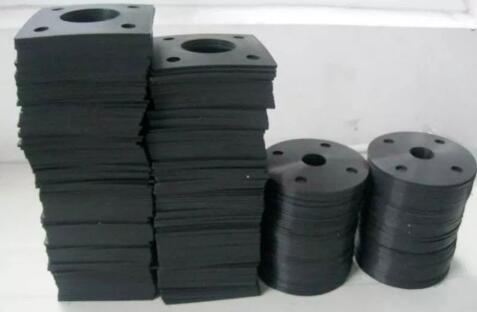
Asbestos Rubber Sheet
The price is lower than other stamps and it is easy to use. The biggest problem is: although rubber and some fillers are added to the sealing material, the micropores of these agreements cannot be completely filled and a trace of permeability remains. Therefore, it cannot be used in highly polluting media even if the pressure and temperature are not high. When used in some high-temperature petroleum media, generally in the later stage of use, the strength is reduced due to carbonization of the rubber and fillers and the material loosens, causing penetration at the interface and inside the seal, resulting in coking and smoke. In addition, asbestos rubber sheet easily adheres to the flange sealing surface at high temperatures, making gasket replacement very difficult.
Under heating conditions, the operating pressure of the seal in different media depends on the strength retention rate of the seal material. In asbestos fiber materials, there are crystal water and adsorbed water. At 110°C, 2/3 of the adsorbed water precipitated and the tensile strength of the fiber decreased by 10%; at 368 °C, all the adsorbed water precipitated and the tensile strength of the fiber decreased by 20%; At temperatures above 500°C the water of crystallization began to precipitate and the tensile strength of the fiber decreased.
The medium also has a great influence on the strength of asbestos rubber sheets. For example, the difference between the transverse tensile strength of No. 400 oil-resistant asbestos rubber sheets in aviation lubricating oil and aviation gasoline is 80%, which is because the swelling of the rubber in the sheet by aviation gasoline is greater than in aviation lubricating oil. Taking the above factors into consideration, the recommended safe use range of xb450 household asbestos rubber sheet is as follows: temperature 250°C to 300°C, pressure 3 to 3.5MPa; The operating temperature of No. 400 oil-resistant asbestos rubber sheets should not exceed 350°C.
Asbestos rubber sheets contain chloride and sulfide ions and, after absorbing water, form galvanic cells with metal flanges that are easily susceptible to corrosion. In particular, the sulfur content of oil-resistant asbestos rubber sheets is often higher than that of ordinary asbestos rubber sheets, so they are not suitable for use in non-oil media. Sealing increases in media containing oil and solvents, but has little effect on sealing performance in a given area. For example, a No. 400 oil-resistant asbestos rubber sheet cannot increase in weight by more than 15% when immersed in aviation gasoline for 24 hours at room temperature. 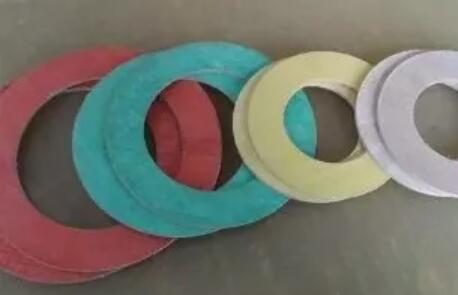
Teflon
Polytetrafluoroethylene is easy to flow cold and creep under pressure and high temperature, so it is generally used in media with low pressure, medium temperature, strong corrosion and free from contaminants such as strong acids, strong bases, halogens, medicines, etc. The safe use temperature is 150°C and the pressure is less than 1 MPa. Although the strength of filled polytetrafluoroethylene is higher, the operating temperature is not higher than 200°C and the corrosion resistance is reduced. The maximum working pressure of Teflon seals is generally no more than 2MPa.
As the temperature increases, the material creeps and the sealing pressure decreases significantly. Even if the temperature does not increase, the compressive stress of the sealing surface decreases over time, resulting in a “stress relaxation phenomenon”. This phenomenon can occur in all types of seals, but stress relaxation in PTFE seals is serious and must be taken into consideration.
The friction coefficient of polytetrafluoroethylene is small (the compressive stress is greater than 4MPa and the friction coefficient is 0.035-0.04), and the joint easily slides out when preloaded, therefore, a concave flange surface- convex is better. When using the flat flange, the outer diameter of the gasket can contact the screw to prevent the gasket from slipping.
Because glass-coated devices are sintered after a layer of enamel is sprayed onto the metal surface, the enamel layer is very brittle. Coupled with the uneven spraying and flow of the enamel layer, the flatness of the flange surface is poor. When using a metal composite gasket, the enamel layer can be easily damaged. Therefore, it is recommended to use polytetrafluoroethylene gaskets with asbestos and rubber sheets as the core material. This type of filler gasket is easy to install on the flange surface and has good corrosion resistance.
In highly corrosive environments with low temperatures and low pressure, many factories use asbestos rubber sheets wrapped with polytetrafluoroethylene (PTFE) raw material tape and used in shafts and pipes that are frequently dismantled. It is very popular due to its ease of production and use. 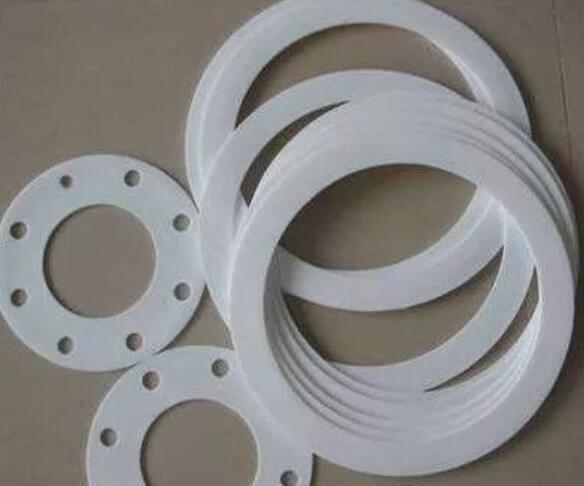
Asbestos resin board and impregnated asbestos board gasket
Asbestos resin sheets and impregnated asbestos sheet gaskets are mainly used in pipelines, pumps, valves and inlet and outlet flanges of various acidic media. The operating temperature is 80°C and the pressure is less than 0.6 MPa.
Braided asbestos gasket is suitable for low pressure and high temperature working conditions with pressure less than 0.1 MPa and temperature not exceeding 800°C. According to the specific needs of the equipment, the gasket can be woven with different widths, thicknesses and diameters. Or cut the asbestos tape and apply it directly to the flange surface. It is used in large oxidation furnaces of sulfuric acid, nitric acid and some raw equipment interfaces. The effect is much better than the original asbestos rope. 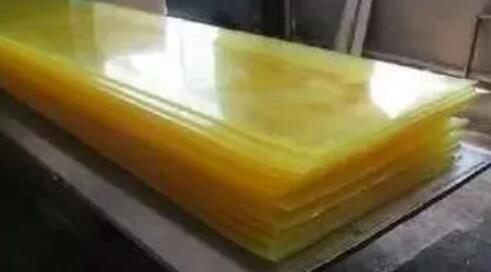
Metal Coated Asbestos Base
Asbestos sheet or asbestos rubber sheet is coated with a metal sheet that cannot come into direct contact with the medium to prevent the decline in the strength of asbestos fiber and solve the leakage phenomenon, thereby expanding the application range of asbestos rubber sheet.
Generally, the operating temperature of metal-lined asbestos pads is 450°C (some can reach 600-700°C. For example, for flue gases with atmospheric pressure of ~0.16MPa, the operating pressure is 4MPa and a maximum 6MPa When the pressure increases again, the seal becomes prone to cross flow and the core material is pushed out of the lap joint.
Due to the large screw clamping force required by the metal-clad asbestos gasket, a flange of less than PG25kg cannot be used even if the operating pressure is less than 2.45MPa. Otherwise, the rigidity of the flange and bolt will be insufficient, resulting in seal failure due to deformation. Some people believe that if the core material is replaced with synthetic rubber with better elasticity, the clamping force will be reduced. In fact, this is not the case, because after the core material is softened, the clamping force is absorbed by the core material, which cannot provide the clamping force required for the metal plate to fit onto the surface of the flange, and the gasket is easily damaged. Furthermore, in media with more chloride ions and acidic media, crevice corrosion can easily occur in the lap joint of stainless steel and iron plate.
At temperatures above 450°C, ceramic fibers or carbon fibers can be used as core material. Ceramic fiber seal with metallic coating was used at 1100 °C in a steel mill. It hasn't been damaged in two years. Flexible graphite is the most suitable core material. Currently, flexible metal-coated graphite pads are being produced in large quantities in China. The application effect is better than that of metal-coated asbestos pads.
The metal covered gasket can be made into various shapes and is widely used in various heat exchangers, reactor covers, loading and unloading ports, shaft flanges, etc. The 2 m diameter pot mat was made in China and has proven itself.
A layer of flexible graphite foil is glued to the metal-coated joint surface. Compared with similar metal-clad gaskets without surface coating, this type of gasket has lower specific preload pressure and better sealing performance. Figure 2-9 shows the relationship between compressive stress and leakage.
There is currently no such product in China. Therefore, some units have pasted the existing flexible graphite corrugated tape on the surface of metal sheath joints, metal flat joints, tooth joints and even asbestos rubber joints, solving many leakage problems. For example, a factory heat exchanger has a pressure of 5.88 MPa, a temperature of 450 °C and a hydrogen/oil gas medium. Flat metal joints and toothed joints were used and all were leaky. Flexible corrugated graphite tape was then glued to the flat joint to solve the problem. It should be noted that this type of gasket is a simple measure to solve leaks in the flange gasket. The working quality of flexible graphite tape directly affects the normal operation of the device. If a layer of adhesive is applied to the back of the strip, the bonding quality can be improved. 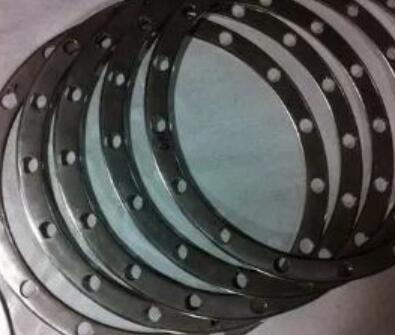
The metal wrap gasket skillfully utilizes the heat resistance, elasticity and strength of metal and the softness of non-metallic materials, so that it has better sealing performance. Flexible graphite joint with stainless steel band performs best. The specific preload pressure is lower than that of the asbestos-wrapped joint, and there is no defect caused by capillary leakage of asbestos fibers. Figure 2-10 shows the curve of the relationship between precharge pressure and leakage. In oil media, 0Cr13 is generally used for metal strips, while 1Cr18Ni9Ti is recommended for other media.
The operating pressure of stainless steel with graphite flexible seal is 14.7 MPa in gaseous medium (up to 19.6 MPa in China) and 30 MPa in liquid medium. The temperature is from -190 to +600 °C (up to 1000 °C with lack of oxygen and low pressure).
The yield strength of PTFE is much higher at low temperatures than at normal temperatures. Therefore, PTFE wraparound gasket can be used in low temperature media such as liquid hydrocarbons. At the same time, by adding metal tape to improve thermal conductivity, the operating temperature of the PTFE wrap-around gasket can reach 250°C and can be used in acidic media up to 9MPa and 200°C.
Spiral joints are suitable for heat exchangers, reactors, pipelines, valves, pump inlet and outlet flanges with large pressure and temperature fluctuations. For medium and higher pressures and temperatures above 300°C, the use of an inner ring, an outer ring or an inner and outer ring should be considered. When using concave-convex flange, the effect of rolled joint with inner ring is better.
A good sealing effect can also be achieved by attaching a flexible graphite plate on both sides of the flexible graphite joint. The waste heat boiler of a large chemical fertilizer factory is an essential equipment for high temperature and high pressure. Flexible graphite seal with outer ring is used, which does not leak at full load and when reducing load. The graphite flexible plate with a thickness of 0.5mm is fixed on both sides of the gasket, which is cut into a circular arc shape. The connection is overlapped by an oblique opening and the working status is good.
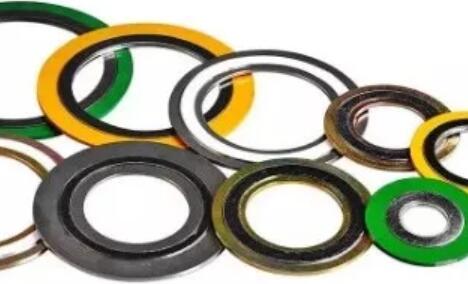
Flat and corrugated iron poetry S
It is generally used for medium and high pressure valves, pipelines and small diameter equipment flanges. Depending on the temperature, the first is 1.568 to 31.36 MPa and the second is 1.568 to 3.92 MPa. The sealing material is selected depending on the medium and temperature.
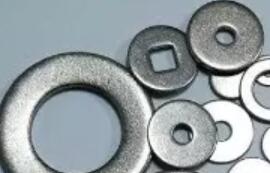
Octagonal seals and elliptical seals (commonly known as “ground steel ring” in the petroleum refining industry) have good sealing performance. On the conical surface of the groove, the octagonal pad has surface contact while the elliptical pad has linear contact. Therefore, the elliptical pad has a good fit with low clamping force, but needs to be tightened twice, while the octagonal seal does not leak easily after tightening once. The disadvantage is that they require a lot of tightening force on the screws. When used in low pressure and high temperature conditions, the quality of the flange should be above pg25kg.
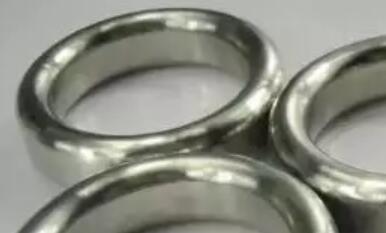
Source: China Seal Manufacturer – Yaang Pipe Industry (www.epowermetals.com)
( Yang Pipe Industry is a leading manufacturer and supplier of nickel alloy and stainless steel products, including super duplex stainless steel flanges, stainless steel flanges, stainless steel pipe fittings and stainless steel pipes. Yaang products are widely used in shipbuilding, nuclear power, shipbuilding, petroleum and chemical industries, mining, wastewater treatment, natural gas and pressure vessel industries and other industries.)
If you would like more information about the article or would like to give us your opinion, please contact us at sales@epowermetals.com
Please note that the other technical articles we publish may also be of interest to you:

























































